Меню
Social networks
Sections
Nov. 24, 2023, 10:04 p.m.
Nuclear energy as a means of blackmail: who is involved
Цей матеріал також доступний українською930
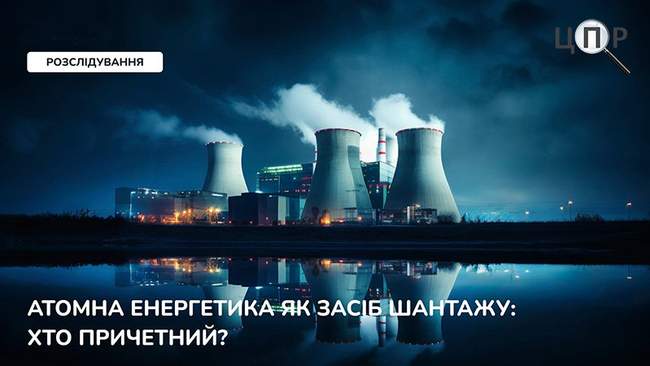
Image: CPI
Since the beginning of the full-scale war, three major nuclear power facilities in Ukraine have been targeted by the Russian military. The occupiers seized the dormant Chornobyl nuclear power plant, the largest in Europe, the Zaporizhzhia NPP, and attempted to seize the South Ukrainian nuclear power plant.
On the 2nd of April 2022, Ukrainian defence forces recaptured the Chornobyl NPP, where hazardous nuclear waste is stored, and prevented the seizure of the South Ukrainian Nuclear Power Plant in the Mykolaiv region. However, Zaporizhzhia NPP remains under the control of the occupiers.
Following the failure to seize the South Ukrainian NPP, the plant has repeatedly been in the zone of potential damage from Russian missiles. On September 19, 2022, Russian troops fired a missile at the power plant's industrial zone, exploding 300 meters from the nuclear reactor, creating a 4-meter diameter and 2-meter-deep crater, as reported by Energoatom.
The Centre for Public Investigations conducted an inquiry into those responsible for the shelling of the South Ukrainian NPP.
The attempted seizure failed
The attempted seizure of the South Ukrainian NPP failed, and it, along with the Tashlyk and Oleksandrivska hydroelectric power plants and a cascade of reservoirs on the Southern Bug River, forms part of the South Ukrainian Energy Complex. Generating approximately three million MW, the complex supplies electricity to Mykolaiv, Kherson, and Odesa regions. However, in the context of Ukraine's unified energy system, this distribution is somewhat arbitrary.
In March 2022, Russian troops attempted to seize the South Ukrainian NPP, located in the city of Yuzhnoukrainsk, following the capture of Chornobyl and Zaporizhzhia nuclear power plants. The attack was successfully repelled by Ukrainian troops. On April 29 of the same year, the Security Service of Ukraine announced the detention of Russian military personnel suspected of involvement in the attempted seizure.
Nuclear terrorism
Despite the thwarted seizure, the Russian military continued to target the South Ukrainian NPP with missile attacks. On April 16, 2022, three cruise missiles flew over the site, likely from Belarus towards Mykolaiv. Energoatom deemed it Russian nuclear terrorism, emphasising the threat to the nuclear reactor and urging the International Atomic Energy Agency (IAEA) to intervene. The situation repeated itself on June 5 and 26, with Russian cruise missiles flying low over the NPP.
On September 11, 2022, Voznesensk in the Mykolaiv region, located just 30 km from the NPP, came under rocket attack. Energoatom suspected the nuclear power plant might be the target.
Former South Ukrainian NPP employee Georgiy Balakan highlighted the dangers of such actions by the Russian military, emphasising the critical infrastructure of the NPP, including three nuclear reactors and storage facilities for spent nuclear fuel and highly radioactive waste.
Furthermore, Balakan stressed the presence of at least one thousand tonnes of diesel fuel for emergency diesel generators, crucial for safety systems, stored within the NPP site.
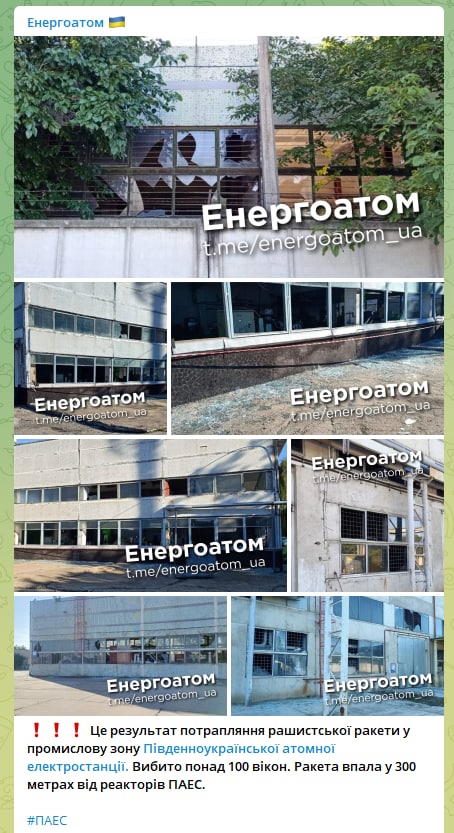 Screenshot from Energoatom Telegram-channel
Screenshot from Energoatom Telegram-channel
The occupiers escalated their actions beyond missile flybys and shelling of nearby settlements, as on September 19, 2022, Russian troops fired missiles at the industrial zone of the South Ukrainian Nuclear Power Plant.
Energy Blackmail of the State
According to Energoatom, Russian troops shelled the nuclear power plant at 00:20, targeting the industrial area of the South Ukrainian Nuclear Power Plant. The powerful explosion occurred just 300 meters away from the reactors, damaging the NPP buildings, breaking over 100 windows, and causing the shutdown of one hydroelectric unit at the Oleksandrivska HPP. Additionally, three high-voltage power lines were disconnected. Despite the incident, all three power units of the plant are reported to be operating normally, and there were no casualties among the plant's personnel.
 Photo: Energoatom
Photo: Energoatom
Remarkably, when asked about the damage caused by the Russian shelling, Energoatom's president, Petro Kotin, declined to provide the requested information.
The Russian General Staff's report on September 20, 2022, a day after the shelling of the South Ukrainian NPP, did not mention the incident. Instead, the speaker, Igor Konashenkov, alleged that the Ukrainian defence forces had shelled the Russian-held Zaporizhzhia nuclear power plant, possibly attempting to divert attention and suggest that nuclear power plants were targeted by both Russians and Ukrainians.
Olha Kosharna, a nuclear energy expert, explains that Russian missiles flew over all nuclear plants in Ukraine in 2022. The strike on the South Ukrainian NPP was particularly concerning, as Russia aimed to seize the nuclear power plants, not merely for nuclear blackmail but for economic reasons. The plan was to connect these plants to Rosenergoatom (Russian nuclear power plant operator) and supply electricity to Crimea and the Krasnodar region. Such a move would enable Russia to blackmail Ukraine with energy, potentially cutting off nine out of fifteen units. Kosharna emphasizes that after the failure to seize the South Ukrainian NPP, the Russian military began targeting the power supply infrastructure to disrupt electricity production, causing frequent emergency shutdowns and equipment damage.
On September 19, 2022, the South Ukrainian Nuclear Power Plant was fired upon by an Iskander missile, according to the South Operational Command's report. While the launch point was not disclosed, there were reports of a possible missile launch from the Black Sea around 00:27. The subsequent message at 00:58 mentioned the missile hitting the South Ukrainian Nuclear Power Plant, suggesting the possibility of the missile being launched from the Crimean Peninsula.
Oleksandr Kovalenko, a military observer, explains that Iskander is an operational and tactical missile system with a range of approximately 500 kilometres, making it difficult to intercept. The missile's ballistic trajectory and speed pose significant dangers to settlements near its launch location. The Iskander missile can cover a distance of about 400 kilometres in just 14 minutes. Additionally, there is an aeroballistic modification, the Iskander-K, which can be intercepted as it operates similarly to sea-launched cruise missiles.
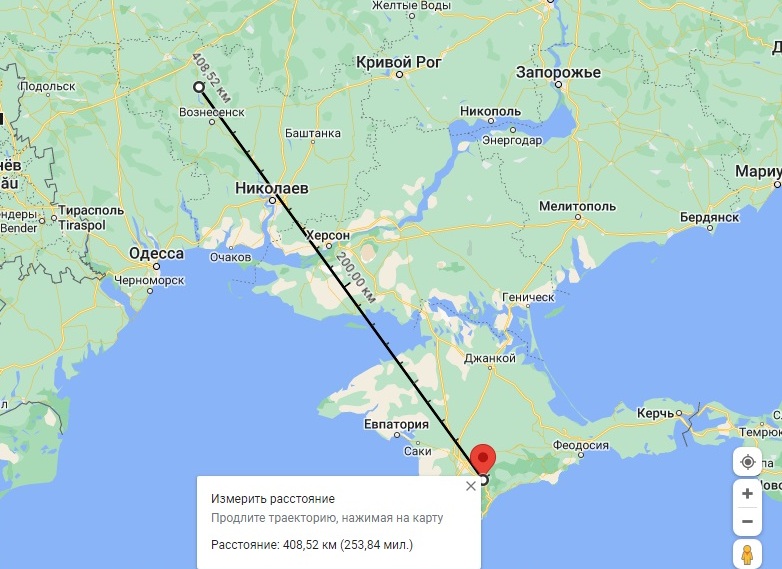
Kovalenko points out the potential inaccuracies in Iskander missiles, with deviations ranging from 50 to 300 meters, making them somewhat unpredictable. The Russian military-industrial complex has reportedly produced a significant number of Iskander missiles, and Russia currently holds around 870 operational and strategic-level missiles in its stockpile.
The question remains about the involvement of the Russian military in the shelling of the South Ukrainian nuclear power plant.
Iskander Complex in Crimea
We submitted a request to the Mykolaiv Regional Prosecutor's Office and learned that the SBU is investigating under Article 438 of the Criminal Code of Ukraine, pertaining to violations of the laws and customs of war. Preliminary information has been obtained during the investigation regarding the type of missile and the specific units of the Russian armed forces responsible for the shelling. The agency, however, has refrained from identifying potential perpetrators, citing the confidentiality of the ongoing investigation.
Let's delve into the matter. On October 20, 2014, the Russian newspaper Kommersant published an article titled "Russian Rearmament Reaches America." According to this article, U.S. congressmen expressed concern about the deployment of Tu-22M3 aircraft and Iskander-M tactical systems in Crimea, annexed by Russia six months earlier. The decision to deploy these weapons on the peninsula was allegedly made in August 2014, viewed by the Americans as a violation of the Intermediate-Range Nuclear Forces Treaty signed in 1987.
The article, citing sources from the Russian General Staff, mentioned that the decision to deploy aircraft to Crimea was made, but the actual deployment would occur in 2016 after the modernisation of the Gvardeiske airbase. The journalists did not provide specific information about the Iskander systems, relying solely on the words of Russian Defence Minister Sergei Shoigu, who stated that Russia could deploy such systems wherever it wished.
In 2019, Viktor Bondarev, Chairman of the Federation Council Committee on Defence and Security, openly acknowledged the deployment of Iskander systems in Crimea. According to Bondarev, a variety of air defence systems, including S-300, S-400, Buk-m2, Pantsir-S1, and Iskander systems of two modifications, were deployed in Crimea. This move, he claimed, left no chance for a potential enemy of the Russian Federation.
Where precisely are the Iskanders deployed in Crimea, now being used to shell Ukraine?
Under the command of the "butcher" and occupier
The annexed Crimea, from which, we assume, the South Ukrainian NPP was shelled, is part of the Southern Military District of Russia, a military administrative unit headquartered in Rostov-on-Don. Notably, it was captured by the now-deceased PMC Wagner group’s chief, Yevgeny Prigozhin, during his June march on Moscow. Besides Crimea, since 2023, the district's area of responsibility has included the occupied territories of Donetsk, Luhansk, Zaporizhzhia, and Kherson regions of Ukraine.
The command of the Southern Military District of the Russian Federation oversees all military formations stationed in the district, excluding the Strategic Missile Forces, airborne troops, and other central subordination units. Typically, airfields are included in these units. Iskander systems fall under the operational and tactical class, indicating that Iskanders in Crimea are likely subordinated to the Southern Military District.
Additionally, open sources reveal that after the annexation of the peninsula, the district significantly bolstered its forces, creating at least four new divisions, nine brigades, and 22 regiments, including two missile brigades equipped with Iskander-M systems.
Russia explained these aggressive actions as a response to the increased presence of NATO forces in Eastern Europe. By September 1, 2021, six months before Russia's full-scale invasion of Ukraine, Russia had completed forming a multi-thousand combat army reserve, ready to join the armies of the Southern Military District in case of a major war. This careful preparation indicated Russia's strategic planning for the invasion.
Since 2016, General Alexander Dvornikov, known as the "Syrian butcher" for deliberate attacks on civilians during his service in Syria, has been in command of the Southern Military District. On April 9, 2022, he was appointed commander of the Russian invasion forces, allegedly responsible for the Tochka-U missile attack on the Kramatorsk railway station, resulting in 61 casualties, including seven children. Dvornikov received this new appointment the day after the attack. On October 8, 2022, he was replaced as commander of the Russian invasion forces by General Sergey Surovikin, who is now disgraced for supporting Prigozhin's actions.
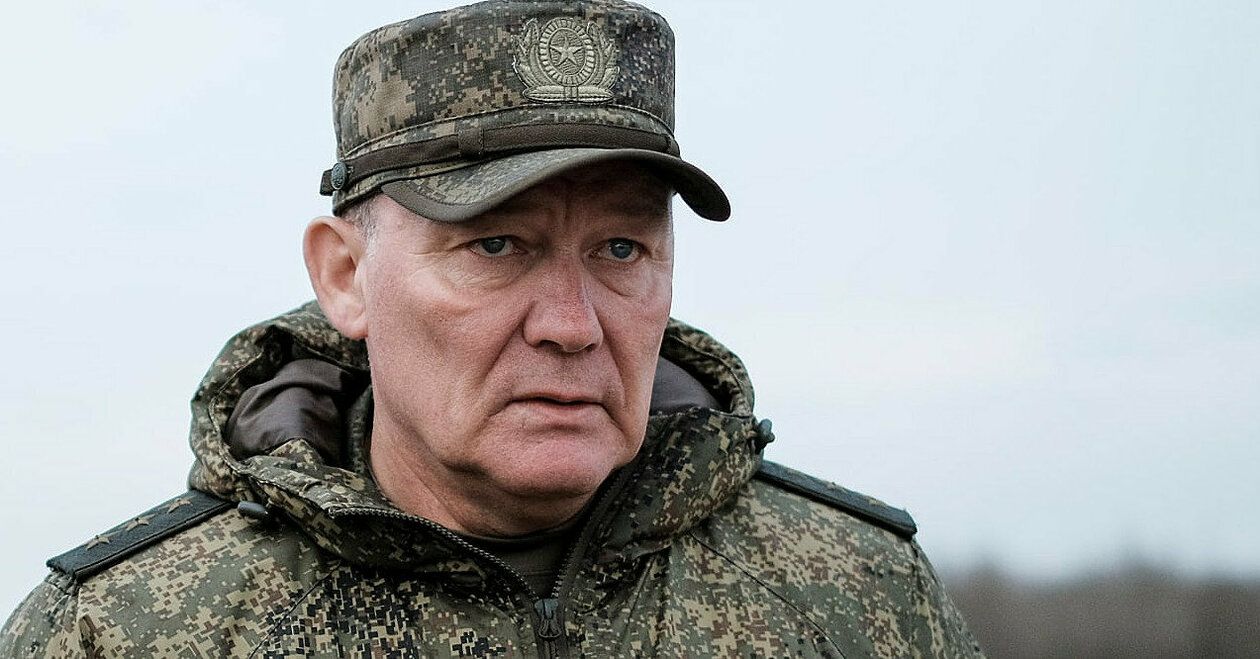 Alexander Dvornikov. Photo from open sources
Alexander Dvornikov. Photo from open sources
Alexander Dvornikov has been under sanctions since 2019 when the Russian Black Sea Fleet prevented Ukrainian ships from accessing the coast in the Sea of Azov. Currently sanctioned by the EU, the UK, Canada, Switzerland, Australia, Japan, New Zealand, and Ukraine, Dvornikov was dismissed from his post as head of the Southern Military District on January 23, 2023. General Sergei Kuzovlev currently leads the district.
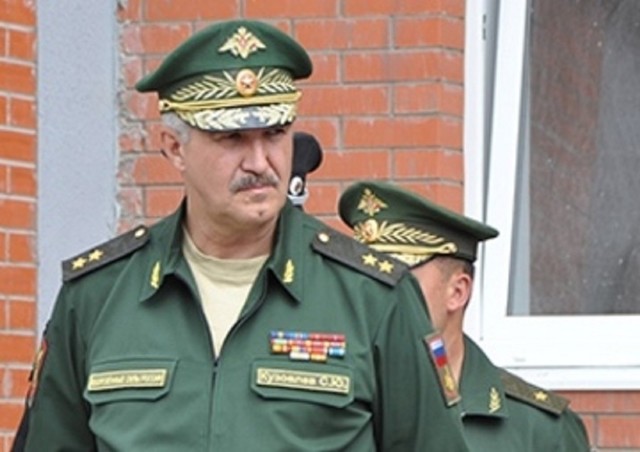 Sergei Kuzovlev. Photo from open sources
Sergei Kuzovlev. Photo from open sources
The Ukrainian GUR's website states that Kuzovlev, known as Sergey Ignatov in the temporarily occupied territories of Ukraine, took part in the Russian war against Ukraine from autumn 2014 to winter 2015 as the commander of the second army corps. Russia promoted him for his participation in hostilities in Ukraine in 2014, leading to sanctions imposed by the civilized world.
The brigade in Perevalne
After the annexation of Crimea, the 126th Separate Guards Horlivka Red Banner, Order of Suvorov Coast Guard Brigade, designated military unit 12676, was established in Perevalne within the Southern Military District of the Russian Federation. It is plausible that this brigade received Iskander systems, although the existence of a secret separate brigade for missile systems cannot be ruled out.
Let's examine the 126th Brigade, which played a direct role in the occupation of the Mykolaiv region last year. The brigade, formed at the end of 2014, originated from the seized location of the 36th Separate Coastal Defence Brigade of the Ukrainian Navy, with recruited individuals who betrayed Ukraine. The Ukrainian garrison in Perevalne was reportedly blocked for three weeks during the Crimea occupation by "polite people" - Russian military without insignia. On March 21, 2014, following the pseudo-referendum on the peninsula, the Ukrainian military unit, along with its commander, Colonel Serhiy Storozhenko, joined the Russian armed forces. Storozhenko, now promoted to the rank of major general, serves as the chief of staff of the 35th Army, according to Myrotvorets website.
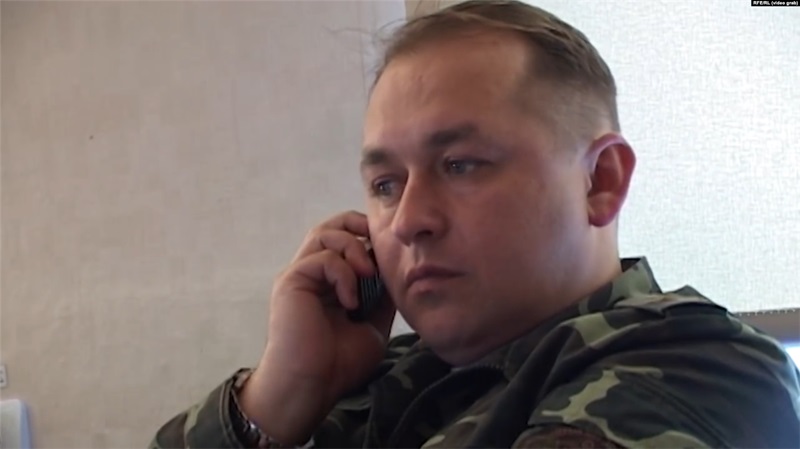 Serhiy Storozhenko
Serhiy Storozhenko
According to Storozhenko, 300 of the 1,200 soldiers in Perevalne resigned, 199 left (presumably for unoccupied Ukraine), and the remaining 700 pledged allegiance to Russia. In December 2014, Russian portal 'OTR' reported that the newly established military unit 12676, the largest in Crimea, comprised about two thousand personnel, primarily serving on a contract basis. The unit was receiving new weaponry and constructing military infrastructure.
Despite being actively involved in the full-scale Russian invasion of Ukraine, the brigade faced setbacks. Ukrainian soldiers from the 80th Airborne Assault Brigade suppressed two artillery divisions of the 126th Brigade on March 2, 2022, capturing trophy equipment and capturing some members of the 126th Brigade. The Russian offensive on Voznesensk, Mykolaiv Region, and the attempted capture of the South Ukrainian NPP, located 30 km from the city, failed. Nevertheless, on March 28, 2022, Russian President Volodymyr Putin awarded the 126th Brigade the title of "Guards", ostensibly for mass heroism during the occupation of the Kherson region of Ukraine.
Colonel Andranik Gasparyan commanded the brigade and played a direct role in planning and organizing the Russian invasion of Ukraine. For his military services during the occupation of Ukrainian territories, Gasparyan was awarded the title of Hero of Russia on March 3, 2022.
They campaign for war
It is noteworthy that military unit 12676 actively promoted signing contracts and joining the brigade. In 2019, propagandists produced a substantial advertising video about the military unit. The video highlighted financial incentives, including additional payments, as one of the motivations to enlist with the occupying forces. Concurrently, the court register in Russia documented a case of a serviceman dismissed from military unit 12676 who attempted to claim unpaid funds through the court. As anticipated, the court rejected the serviceman's claim.
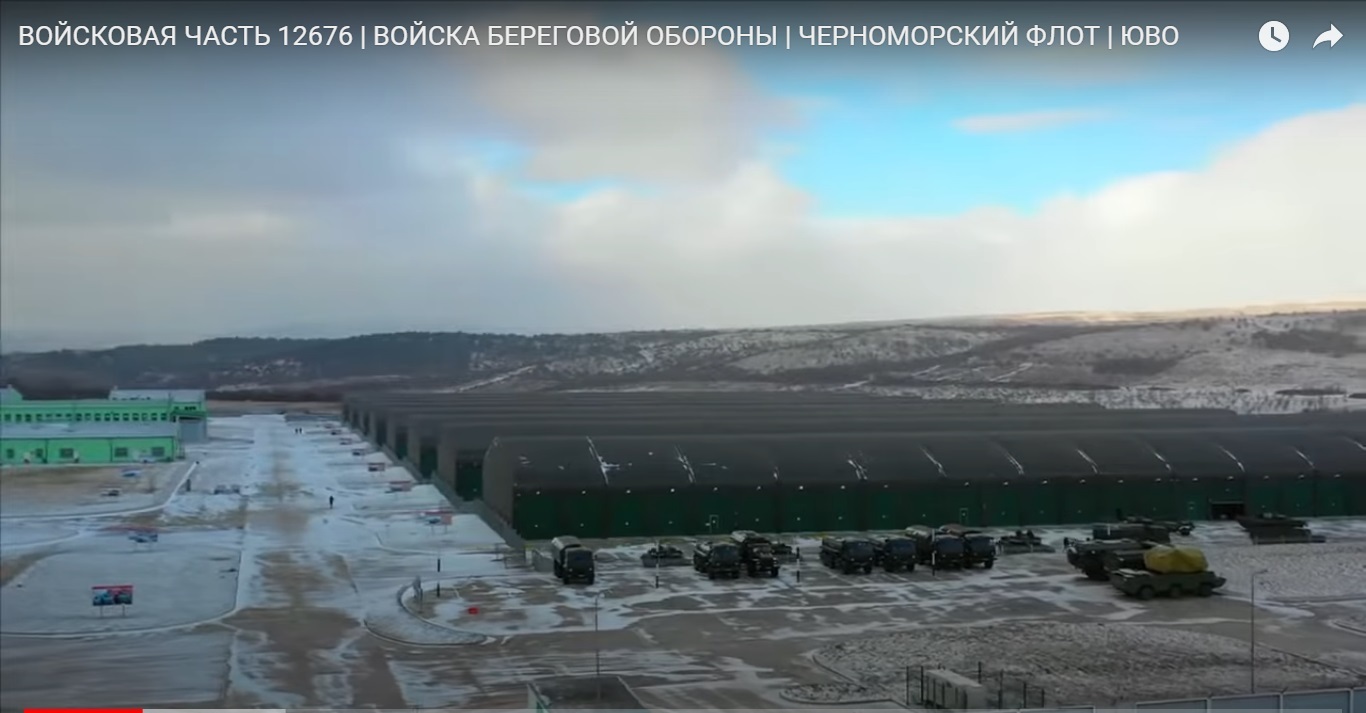 Military unit 12676. Screenshot from video
Military unit 12676. Screenshot from video
The propagandists in the video revealed intriguing details. For instance, Gasparyan's deputy, Serhiy Zavorotny, actively campaigned to enlist in the Russian army during that period. Unfortunately, additional information about Zavorotny could not be located.
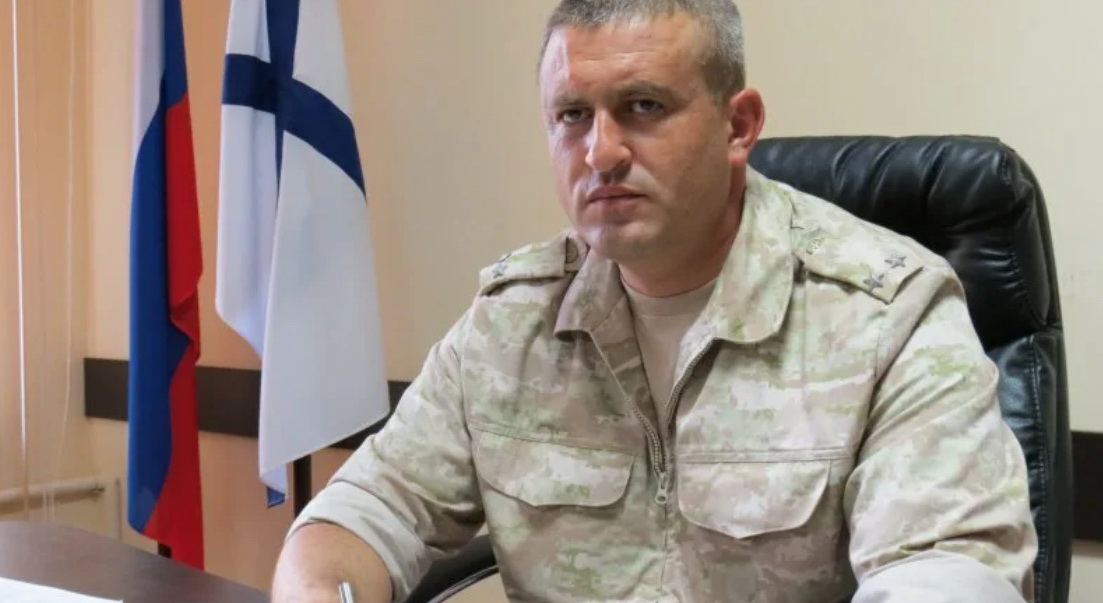 Andranik Gasparyan. Photo from open sources
Andranik Gasparyan. Photo from open sources
Another recruiter to join the ranks of the occupiers, Eduard Shushakov, conducted interviews in April 2023 as a senior instructor at the point of selection for military service under a contract in the city of Simferopol. In his statements, he mentioned that those on the battle line change in the middle. However, it remains uncertain whether he himself was at the front or in the rear, encouraging others to engage in combat. It is noteworthy that Shushakov had participated in powerlifting competitions as a Ukrainian athlete before the annexation of the peninsula.
Brigade’s losses
The brigade experienced significant losses at the beginning of the war, amounting to 75% of those directly involved in hostilities, according to the General Staff of the Armed Forces of Ukraine on April 19, 2022. More than 20 obituaries of destroyed occupiers from the 126th Brigade have been published by the Crimean Wind community.
In August of the same year, the Ukrainian defence forces targeted not only the servicemen directly involved in the war but also those stationed in the rear in Perevalne. A Ukrainian drone attack on the military unit resulted in casualties.
The brigade's VKontakte page, established in 2017, has turned anti-war, revealing brigade losses, information on how to surrender, and evidence of low morale among occupiers. Unfortunately, many accounts posting such information have been blocked. The war proved challenging for the Russian invaders, emphasizing that successful actions of the defence forces on the battlefield are crucial to resisting the aggressor's strategies, especially targeting Ukraine's energy infrastructure, including nuclear plants.
Олена Чернишова











